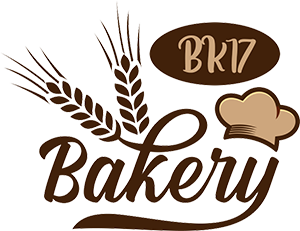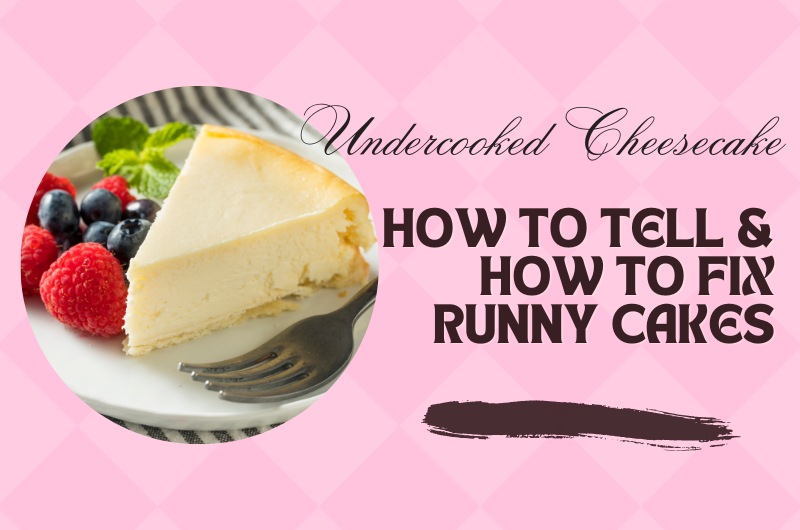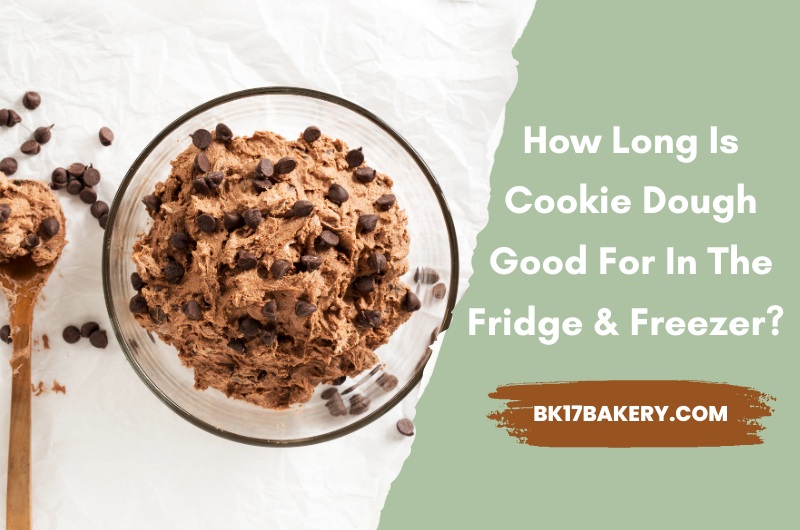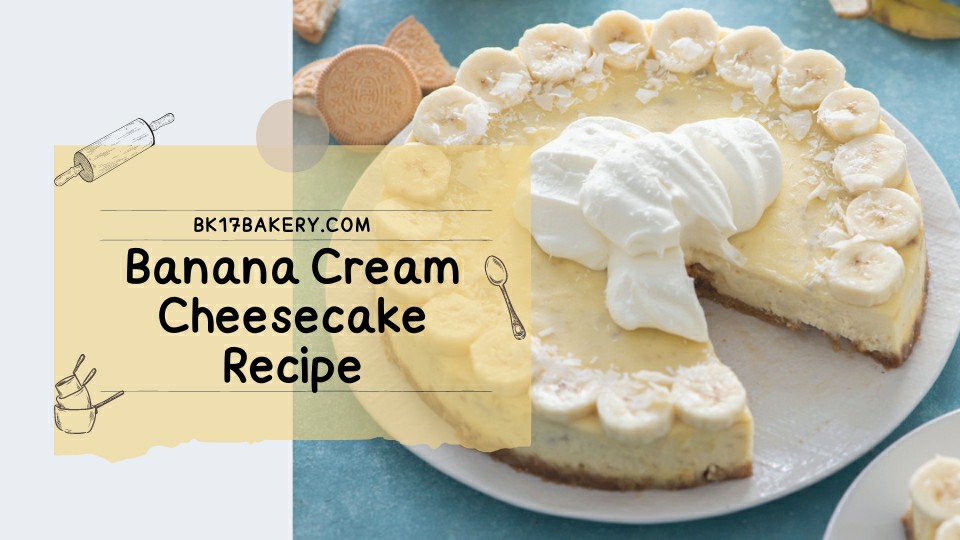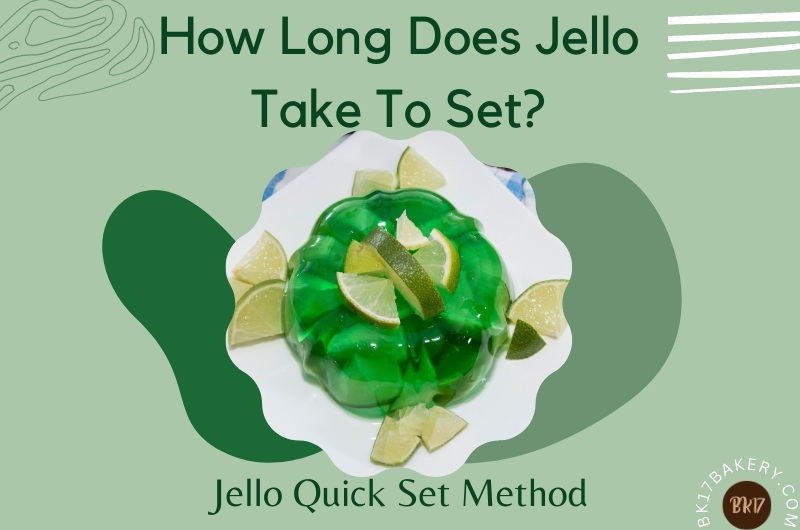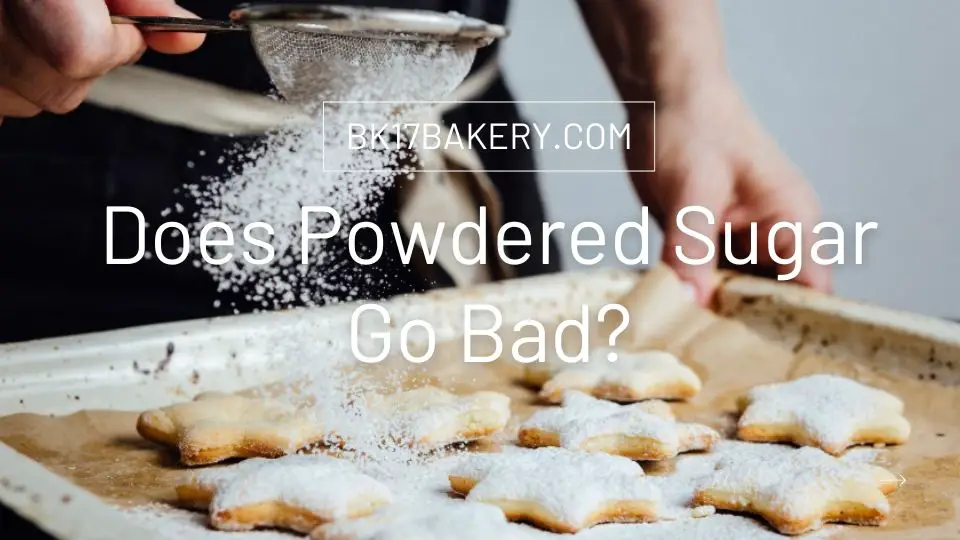With its velvety texture and indulgent flavor, cheesecake is a beloved dessert that has captured the hearts of dessert enthusiasts worldwide. However, even the most experienced bakers can encounter the occasional culinary mishap, resulting in a cheesecake undercooked.
Imagine the disappointment of eagerly slicing into a seemingly perfect sweet dish only to discover a gooey, unset center. But fear not! I’ve been there, and I will tell you how to revive and transform it into a delectable masterpiece.
In This Article
What Does Undercooked Cheesecake Look Like?
Undercooked cheesecake exhibits several visual clues that indicate it has not been baked long enough. At first glance, its surface is wet or glossy. It has not turned into golden-brown color on top yet but features a paler or lighter color throughout
When you slice into it, the center may appear soft, runny, or have a pronounced jiggle. It does not have the firm, set consistency or proper rise typically associated with well-baked cheesecake. When I touch my imperfect cake with a just gentle press, the cake residues also cling to my finger due to the sticky texture.
Why Is My Cheesecake Runny?
If the cheesecake is runny, maybe the cake just needs time to cool and settle itself. Or you might underbake the cake or bake it at the wrong temp. Over-mixing the batter or using too much liquid ingredients are also common causes.
Wrong Temperature
Baking at the wrong temperature affects the texture of the cheesecake. The difference of 5 degrees Celsius does make a big difference in the finished product. As a result, the cake may not be set properly, leading to a runny center.
And when I took my dessert out of the oven too soon, it produced the same result. Always follow the recommended baking time in the recipe and perform the necessary tests to ensure doneness.
Ingredient Mistakes
Ensure you prepare and measure correctly since a small mistake in these steps leads to a bad result. For instance, I once cracked 4 instead of 3 recommended eggs and ended up with a sticky texture in the end. The same goes to excessive amounts of liquid flavorings, preventing your dessert from normal setting.
Insufficient binding agents also interfere with the desired textures. Cheesecakes rely on eggs and sometimes sour cream or cornstarch to provide structure and stability. The sweet course may runny if the recipe lacks adequate amounts or is improperly incorporated.

Last but not least, your baking techniques determine the game. Overmixing the batter introduces excessive air into the mixture, which causes the cake to rise too much during baking and then collapse, leaving a runny center.
Your Cheesecake Just Needs Time To Set
If none of the above goes wrong, your tasty dessert just needs more time to set up. The cake fresh from the oven may be soft and wobbly, but it is okay. You can let it cool to room temperature, but I prefer putting it in the fridge, and you have a delicious treat afterward.
How To Tell If Cheesecake Is Undercooked?
The easiest way is to touch the cake – residues on your fingers or the cake sinking equals an undercooked one. Or else, you can test by inserting a toothpick in the center to see if any wet batter is sticking to it. But the most accurate way is to check its internal temperature.
Use A Cooking Thermometer
The most precise way to check the temperature of a cheesecake is to use an instant thermometer. First, clean the thermometer thoroughly, then calibrate its setting against the display of 212°F. Insert a food thermometer into the center part. Do not reach the bottom or touch the edges because these areas tend to get hotter from heat exposure.
My tip is to eave the thermometer in the cheesecake for a few seconds until the temperature reading stabilizes. A result of 150°F means you should take the dish out of the oven. Otherwise, wait a few more minutes until it reaches the threshold as expected.
It is best to take the temperature measurement only once because this can cause the surface to crack. If it is essential to recheck, put the thermometer in its original position.
Wobble Test
In case you do not have the tool available, it is still possible to check for doneness by a manual measure. Put on oven mitts, then grasp each side of the baking tray. Use a gentle force and shake it.
At the same time, keep your eye on the movement of the middle part. If only a small area of the surface moves, your cake is ready to serve. Once you see over 2 inches of surface wavy or worse, the batter overflows, you know your sweet is not cooked through.
Use A Toothpick
Surprisingly, you can apply the cheesecake toothpick test to check the doneness. You perform the same process as a thermometer, but this tool does not point straight to an accurate reading.
This is my go-to choice for its convenience. I just poke a toothpick in the center and leave it there for a few minutes. When pulling out the toothpick, I check whether it is wet with my fingers. If so, put your cake back in the oven. When you do not feel moisture or notice crumbs, it is done.
Note that your intuitive judgment may affect accuracy. Although this measure works in emergencies, investing in a digital thermometer is still best.
Press It Down
You may occasionally come across a few bakers taking advantage of a pressure test to evaluate their fresh cheesecakes. Still, I only recommend it to professionals since it requires careful hand operations and subjective judgment based on the wealth of experience.
Disinfect your hands, then use one or two fingers to press on the top gently. Gently rub on the surface and observe the change. If you feel the surface is stable, your. Conversely, it would help if you extended the baking time once your fingers are sunk in and cause the surrounding area to rise.
Check Its Appearance
As the cheesecake bakes, the edges cook faster than the center. Hence, looking at the outermost ring, which may turn golden brown, is possible. This indicates that the dessert is perfectly baked. The center area should remain pale and slightly jiggly.
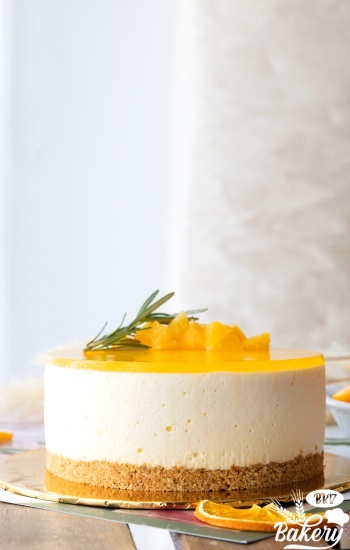
On the other hand, the center becomes firm and starts to develop color, which indicates that it is overcooked. The cheesecake requires longer baking time when the borders have a light color and the middle stays wet.
Another visual cue comes from the cake surface. An undercooked cheesecake features a shiny surface, whereas a properly cooked one does not.
How To Fix Undercooked Cheesecake
It is best to bake it in the oven for 5 to 15 minutes more if the cheesecake is undercooked. Otherwise, you can put the cake in a water bath or let it sit in the fridge for some time to settle.
Let It Sit For A While
If there is nothing wrong with your baking technique, just let your cheesecake rest for a while, and it should be fine. I prefer chilling the dessert in the fridge for a few hours rather than letting it sit at room temperature since I love the chilly bites and the lingering buttery aftertaste.
As noted above, this recipe requires a long cooling time to refine the texture, so it is best to leave it overnight. As it cools, the center part becomes stiffer without any effort.
Bain-Marie Or Water Bath
This technique promotes the accuracy of the dish while maintaining its original shape. Simply put, wrap your baking pan in aluminum foil and look for another bigger one to fill with hot water. Then place the undercooked dish inside and wait for 10-15 mins. The steam from the water bath cooks the sweet treat more evenly as long as you do not overfill the water.
Some sites may suggest rebaking, but it is not a good idea from my experience. I tried it a few times, and most of the time, the surface cracked.
Recook At Slow Temperature
When you have tried everything or want an instant solution, return your cake to the oven. Preheat the oven to the same temperature as before, then lower the setting by about 25°F.
Bake it for 5-15 minutes, checking for doneness frequently. The gentle heat cooks the center of the cheesecake, but be cautious not to overbake it. I usually check the cake every 3 minutes to ensure the taste and texture reach perfection.
What If These Methods Do Not Work Out For You?
The baking process is an art, and the occasional misstep is part of the learning. Embrace those errors as opportunities for growth and improvement so you refine your skills, deepen your understanding, and ultimately become a more proficient and confident baker.
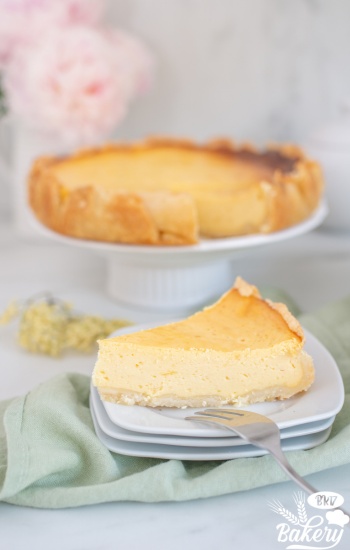
I have also made many mistakes with the cheesecake recipe – let’s admit it is not easy for newbies. On the first try, I went crazy as all the common methods on the Internet could not make my attempt a reality. It could be due to the wrong ingredient ratios or overmixing, and there is no way out. All batters ended up in the trash, and it was a terrible waste.
Fortunately, I have found the last resort for your false sweets now. Do not rush to throw everything away; turn it into other delicacies. Just try my ideas.
See more: Banana Cream Cheesecake Recipes and Tips
Transform It Into Cheesecake Pudding
If you have undercooked cheesecake, fear not! You can repurpose it into a creamy and delightful pudding. Here’s how:
- Place the underbaked cheesecake in a blender.
- Add a few tablespoons of milk.
- Blend the mixture until it becomes rich and smooth, resembling a pudding consistency.
- Add a bit of powdered sugar or milk to adjust the sweetness.
- Serve it in cups or bowls and enhance the flavor by topping it with various additions such as fresh fruit, chocolate shavings, whipped cream, or a sprinkle of cinnamon.
Another must-try idea is to use this recipe to fill with ready-made crusts. Refrigerate all until set, and the appealing pies are ready to serve. To enhance flavor, get creative with blueberries, sliced bananas, or chocolate fudge.
Give Cheesecake Milkshake A Try
Another amazing way to utilize homemade cheesecake is by making a milkshake. Follow my step-by-step instruction:
- Cut the cheesecake into small chunks
- Combine them with ice cubes, and chilled milk in the blender
- Blend the mixture until all the elements are fully incorporated
- Pour the milkshake into a glass and garnish with cracker crumbs on top and a drizzle of your favorite syrup.
- Serve your refreshing beverage immediately.
Can I Eat Undercooked Cheesecake?
Well, it is not a good idea at all. Cheesecake contains eggs and dairy that can carry the risk of foodborne illnesses if not properly cooked. Consuming undercooked dessert with an internal temperature below 150 degrees increases the likelihood of ingesting harmful bacteria.
If your sweet treat looks uncooked, for instance, due to the wrong ingredient ratio causing a wobbly texture, measure the temperature to ensure it has eliminated potential pathogens. Still, it is best to return it to the oven and continue baking until it reaches the recommended internal temperature or until the center is set.
FAQs
Can You Put A Cheesecake Back In The Oven After It Has Cooled?
Yes. If you discover an undercooked cheesecake after it has cooled, set your oven to a low temperature, place your dessert back on the baking sheet, and extend the baking time for 5-10 mins.
Is Overcooked Cheesecake Still Good?
When a cheesecake is overcooked, it tends to become dry and firm and potentially develop cracks on the surface. The texture may be denser and less creamy than desired, yet it can still be edible and enjoyable to some extent.
Conclusion
Remember, even the most skilled bakers encounter baking blunders now and then. The good news is that with the techniques shared in this article, you now possess the tools to identify and fix any undercooked cheesecake that comes your way. Now go forth and wow your friends and family with your delicious dessert.
